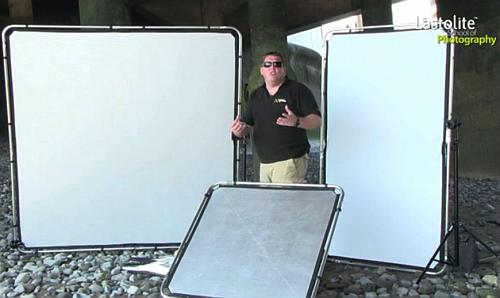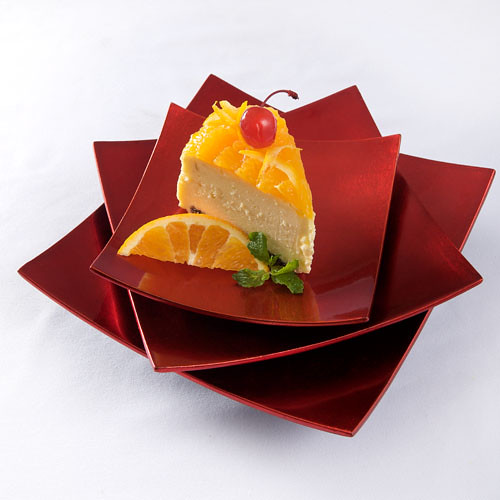
• Autumn Cherry Leaves •
As Fall is upon us. Think of new ways to pull in the eye of the viewer.
Autumn Cherry Leaves by Netkonnexion on Flickr
Autumn is a great time of year.
There is so much to see and photograph. Being out in the open air and lovely locations is part of the attraction. Here are some other important and photographic things to consider.
Locations
- Don’t always go to the same spot. Find somewhere new every Autumn.
- Fall colours depend on the species, which may not be shown on maps.
- Check with park information centres to see if the colours are right.
- Information centres are great at giving directions to the best locations.
- Watch weather forecasts to see when the best light is likely to show up.
- Check websites for the area near the location for useful information.
Colours
What makes Autumn particularly exciting is the lovely russet and golden colours. Making those come out is not always easy. Think about these points…
- Even slight greyness in the sky can dampen the colours.
- Bright colour can be lost against a bright sky, exaggerate colour contrast.
- Shoot yellows against a darker background so they don’t get lost.
- Golden colours are best with a red dusk. Aim for times in the Golden Hour.
- Don’t use a pop-up flash. It will flatten the colour and depth.
- Use off-camera flash from the side to make leaves translucent and bright.
- Use side light as much as possible to emphasis shadows and define shapes.
- Use any greens you can as a back-drop for golden colours.
- Low sunlight peeping under clouds often brings out yellows.
- Take pictures after rain – the wetness often revitalises colours.
- Consider a filter on your camera to exaggerate natural colours.
- Try shots with as many mixed colours as possible.
- Try shots with lots of similar colours across the picture.
Equipment
Every shoot demands its own approach. But here are some ideas to help the Autumn shots work for you…
- A tripod is essential. A fuzzy shot of a great scene is horrible!
- Most people forget the wide angle shots.
- Remember that zoom lenses flatten perspective – consider prime lenses.
- Consider using white boards and gold reflectors to help bring up colours.
- You can’t make great images if you are cold/wet. Wear proper clothing.
- Beware of changing lenses in damp air!
The shots
Found a great place to rejoice in colour and texture? Now you need to think about composition and ideas for your shots…
- Check out our resources on composition.
- Before going spend two hours looking at images by others (Google)
 .
. - Work out a list of, say, 25 shots you would like to try out.
- Concentrate your efforts on a few ideas.
- Use your trip to try at least one type of shot new to you.
- Practice your chosen shots before you go.
- Remember to work the scene at the location.
- Remember The fifteen second landscape appraisal.
- Have a go at this old sailors trick to improve landscapes.
- People often look up when in trees. Look down, there is plenty there.
- Get really low.
- Get really close.
- Experiment with Depth of Field:.
- Light leaves from behind. Translucent leaves are wonderful.
- Consider backlighting to bring out shapes.
- Hold up something interesting and photograph it with your hand.
- Dogs look great in leaves! Capture your pet having fun!
- Take a macro lens or macro tubes. Get really close.
- Look for golden, yellows and reds in reflections… they look great!
Try going to manual (M) settings…
There is nothing more exciting. Get great images knowing they came out the way you intended. Avoid ‘auto’ shots programmed by a boffin at the camera factory.
- The Exposure Triangle – An aid to thinking about exposure.
- Definition: Exposure.
- Definition: Aperture.
- Definition: f number.
- Definition: ISO.
- Definition: Shutter Speed.
Autumn and you…
Don’t be so intense that its not fun! Love your trip, enjoy the moment and if possible share it with a friend. Make some great images along the way.
Have a great Autumn.
Comments, additions, amendments or ideas on this article? Contact Us
or why not leave a comment at the bottom of the page…
Like this article? Don’t miss the next — sign up for tips by email.
Photokonnexion Photographic Glossary – Definitions and articles.
Autumn pictures on Google images

Damon Guy (Netkonnexion)
See also: Editors ‘Bio’
By Damon Guy :: Profile on Google+






